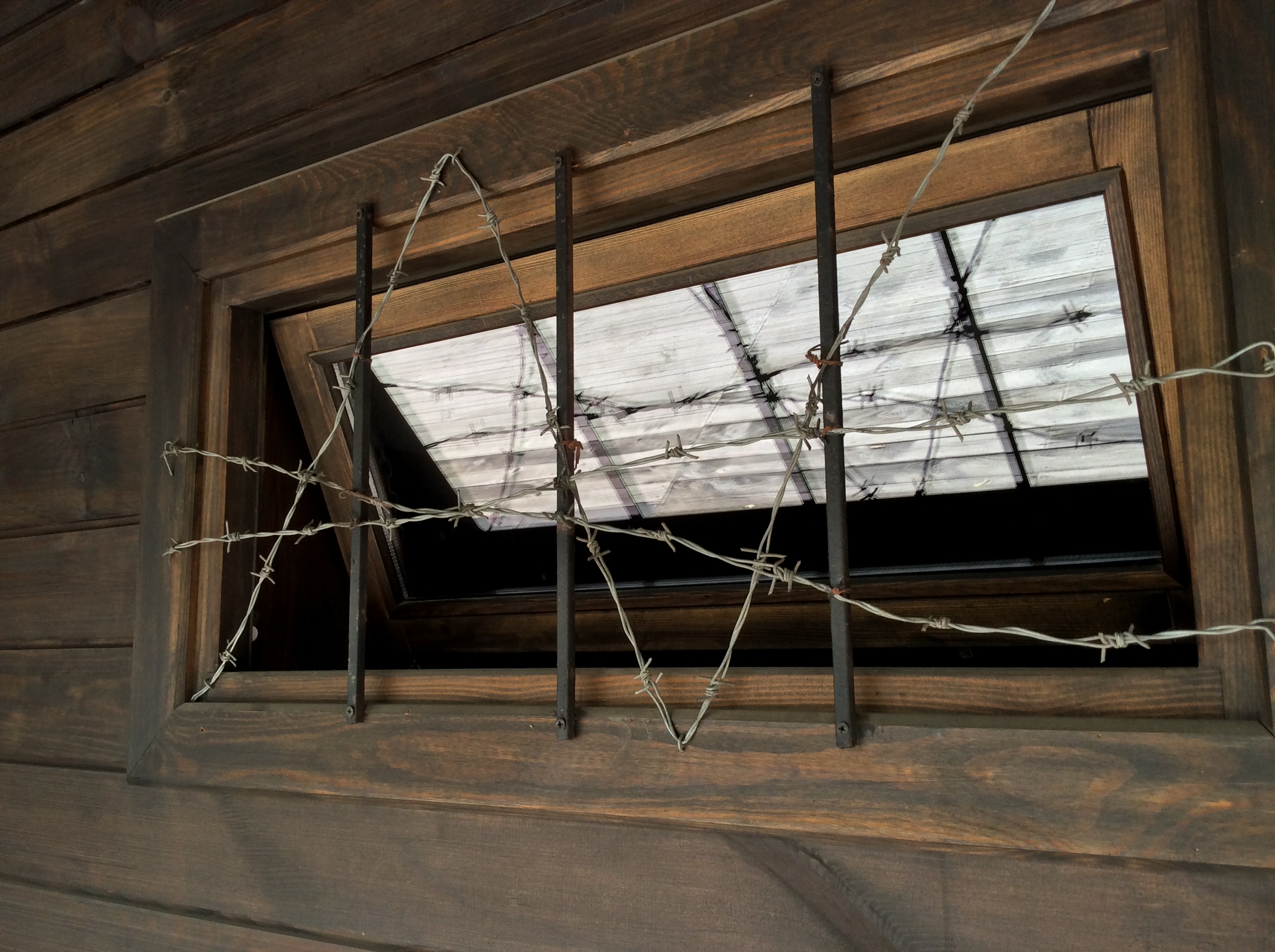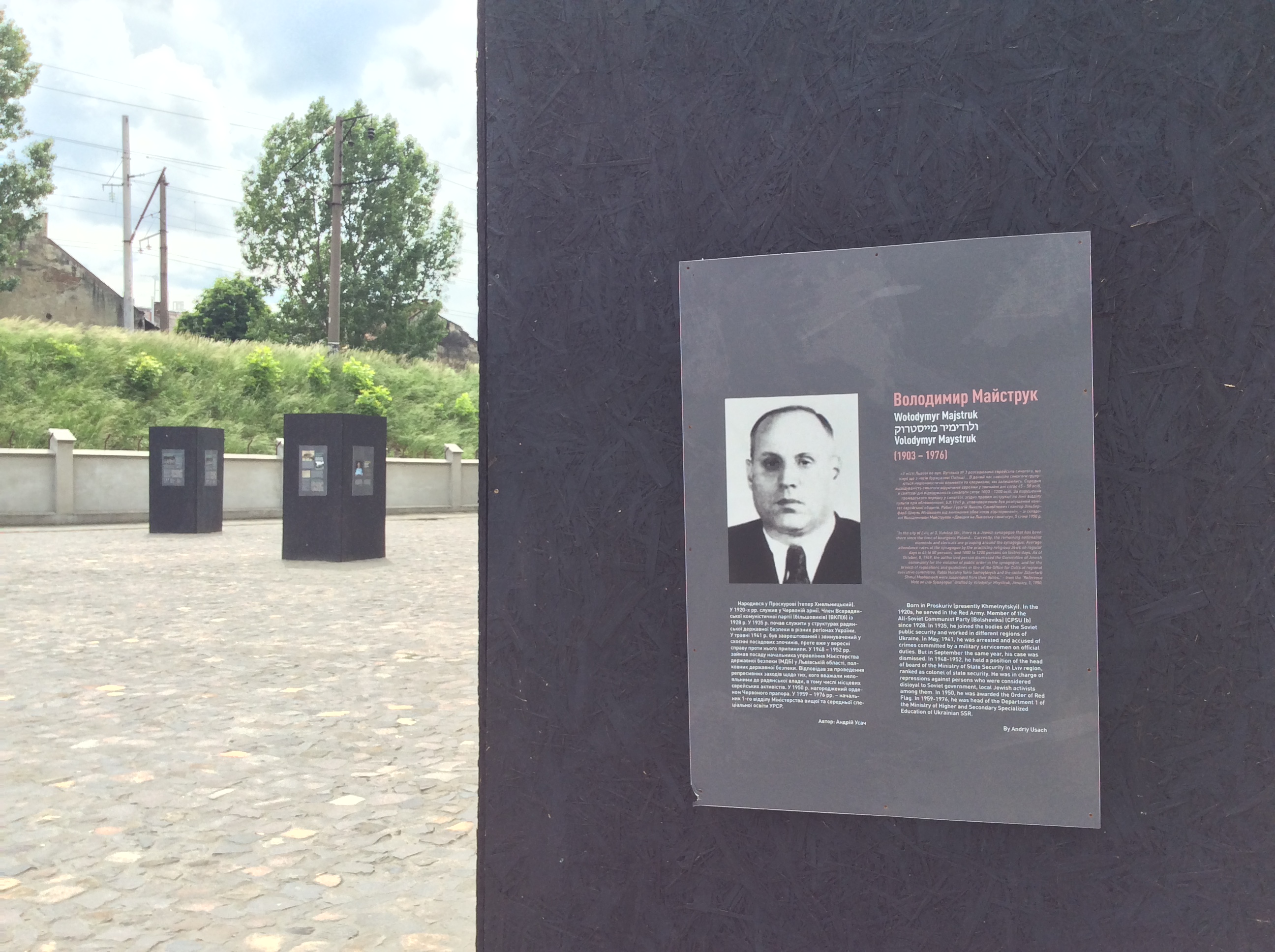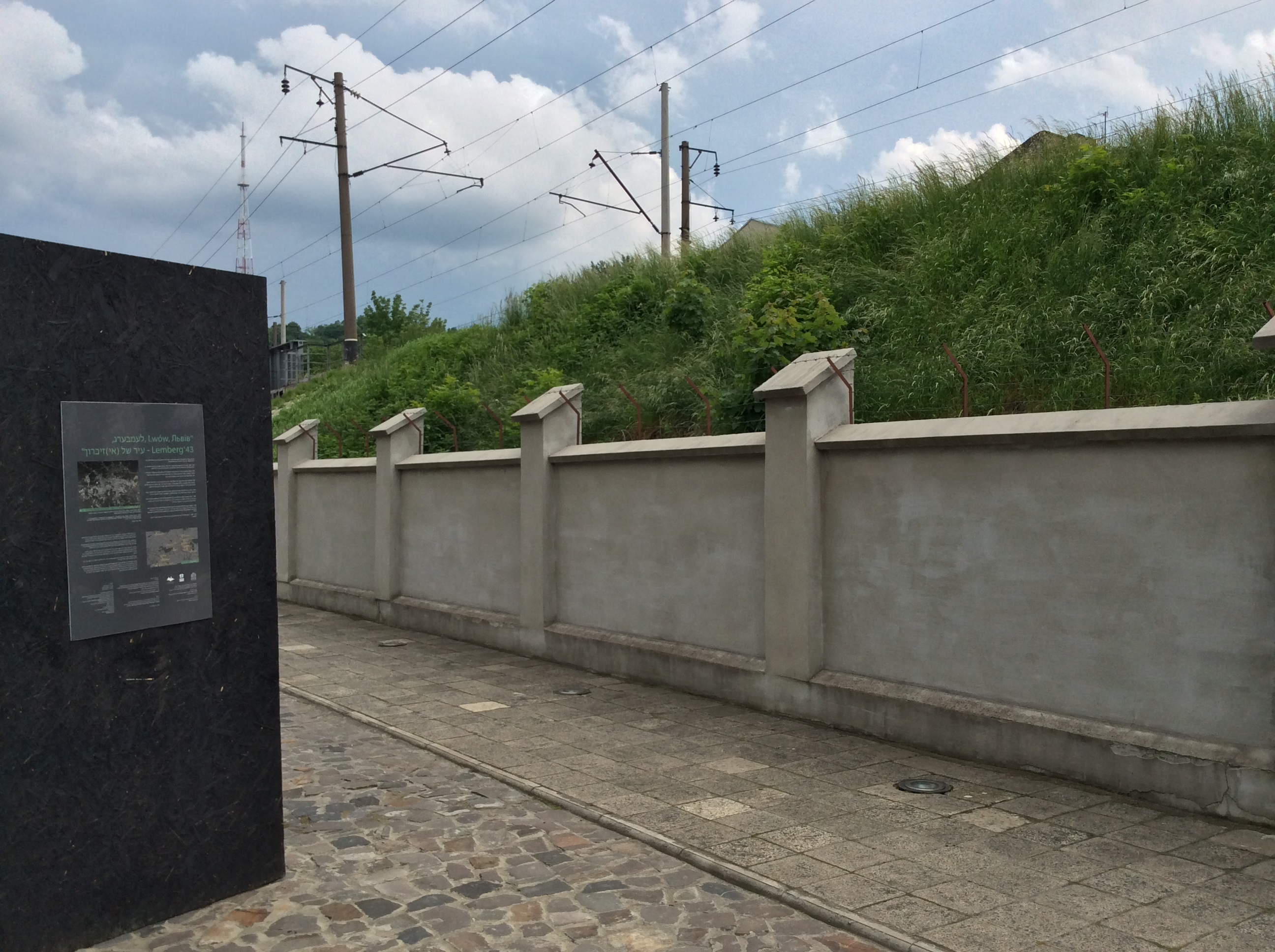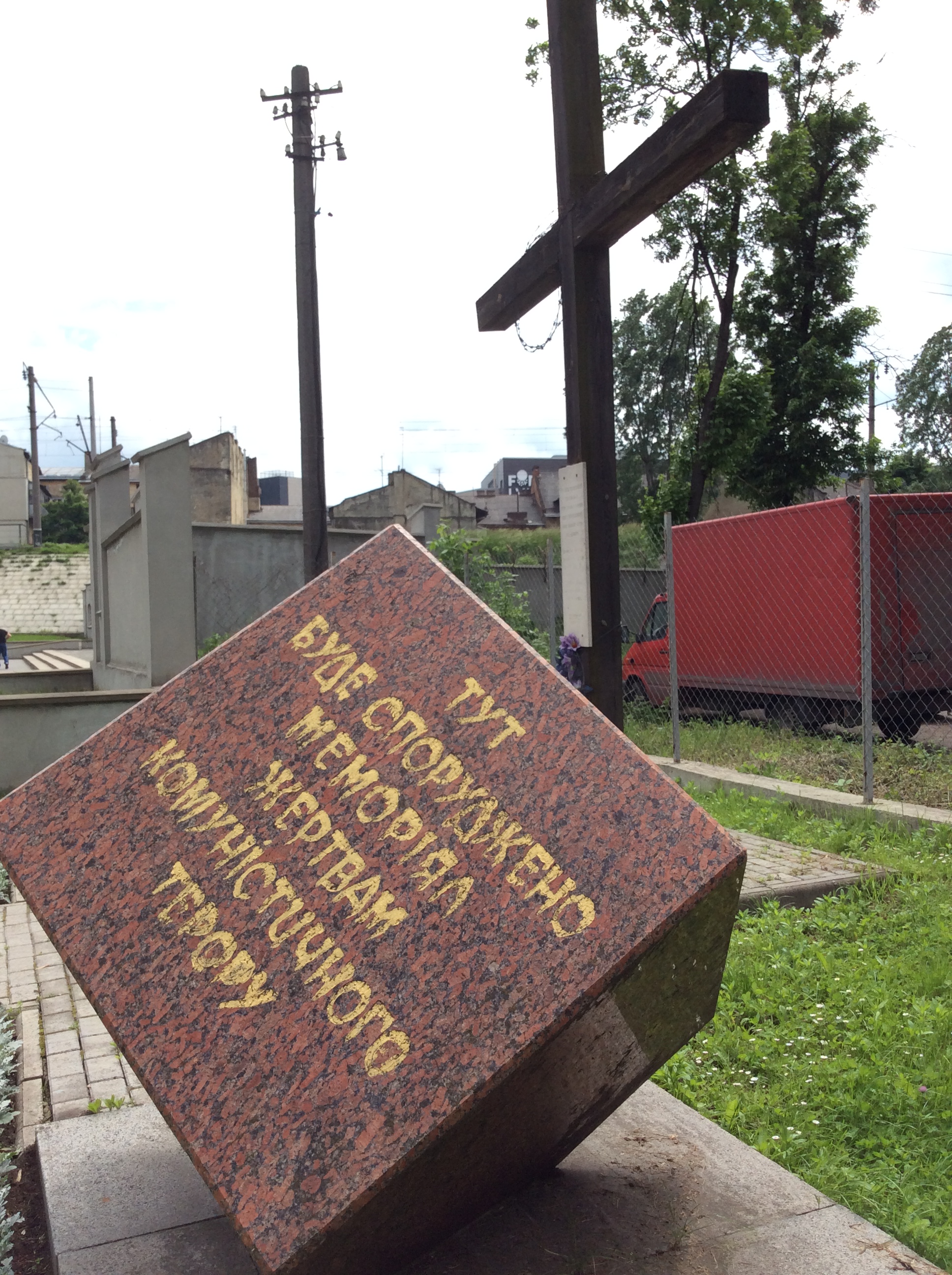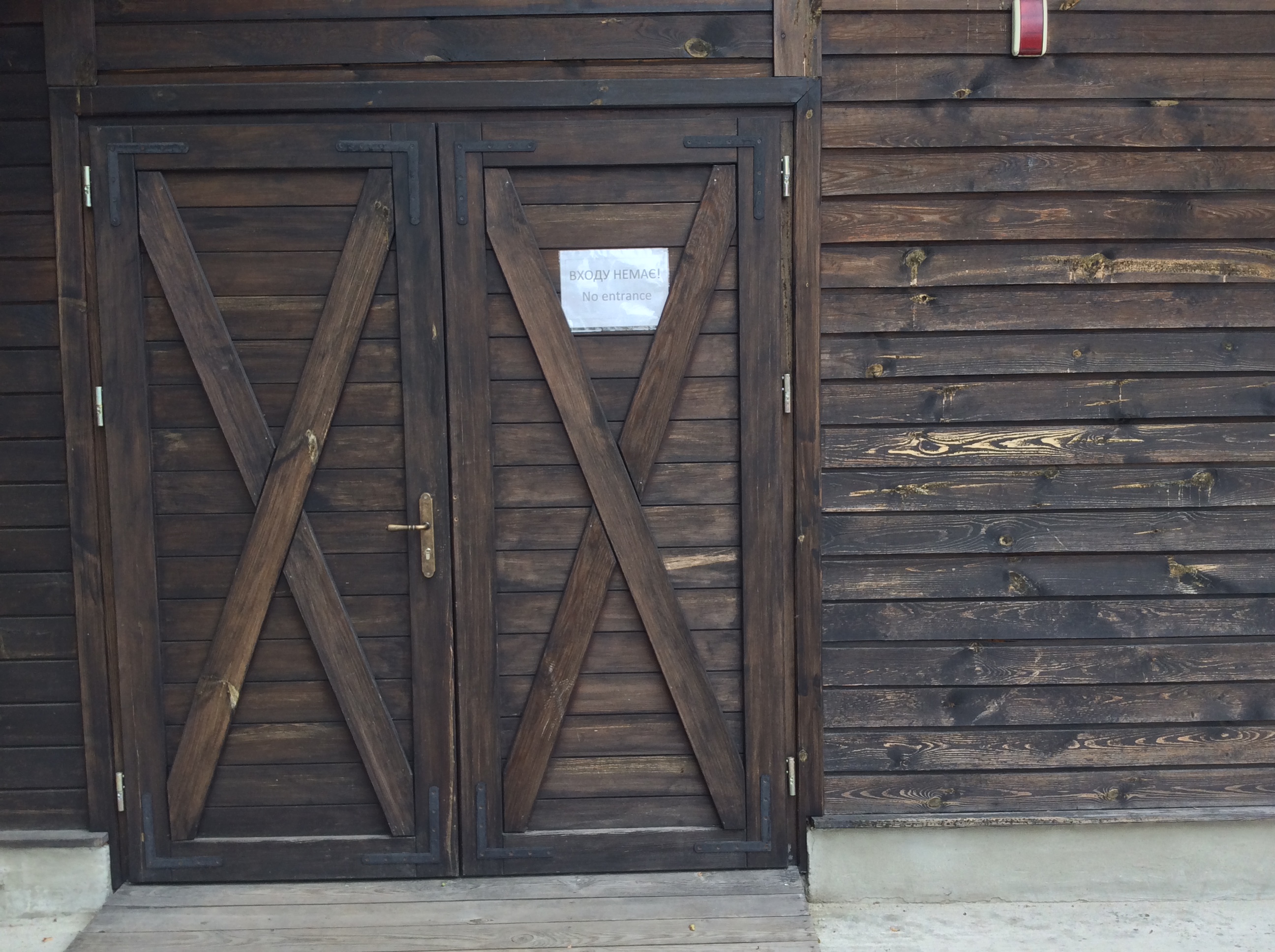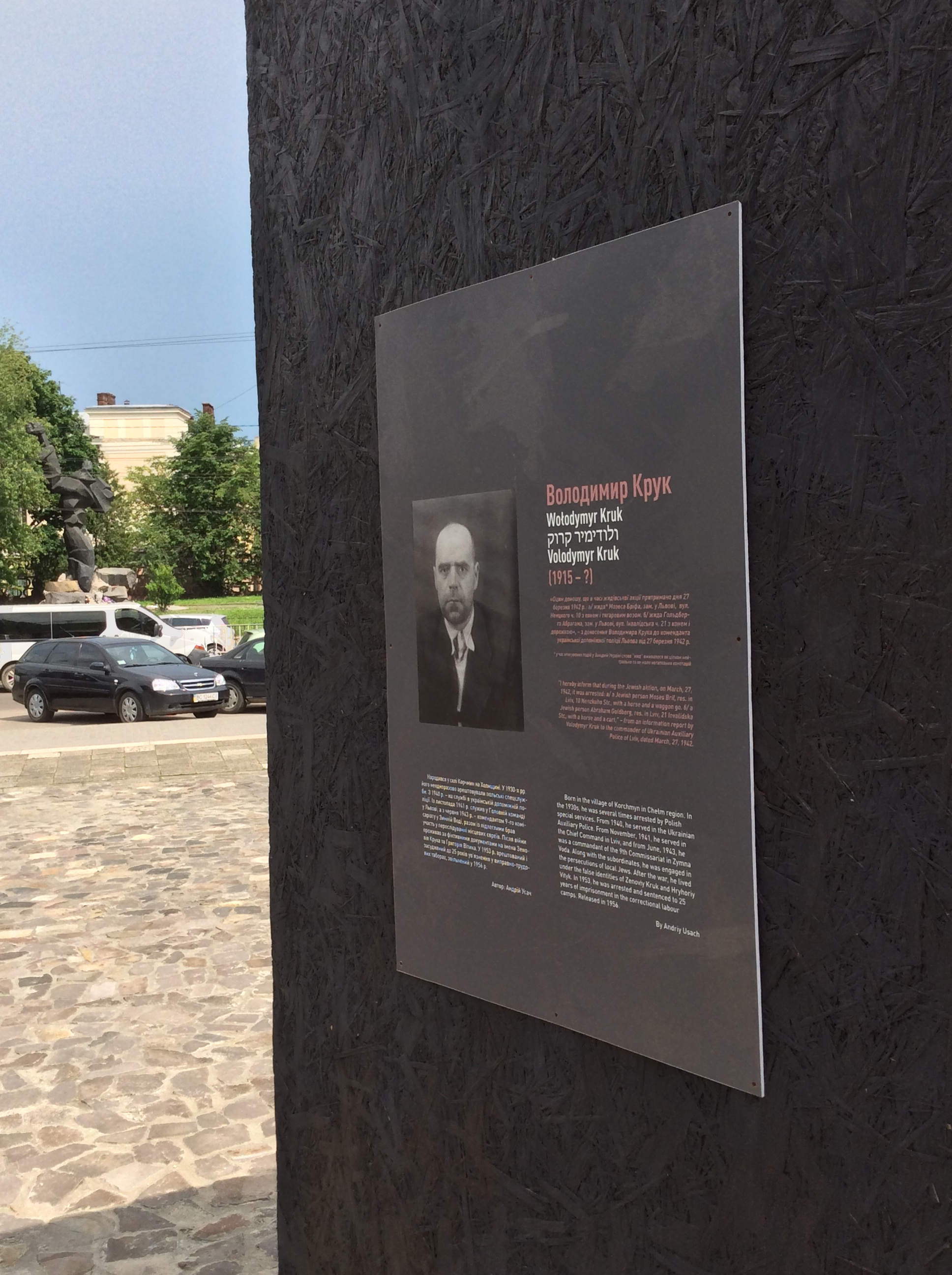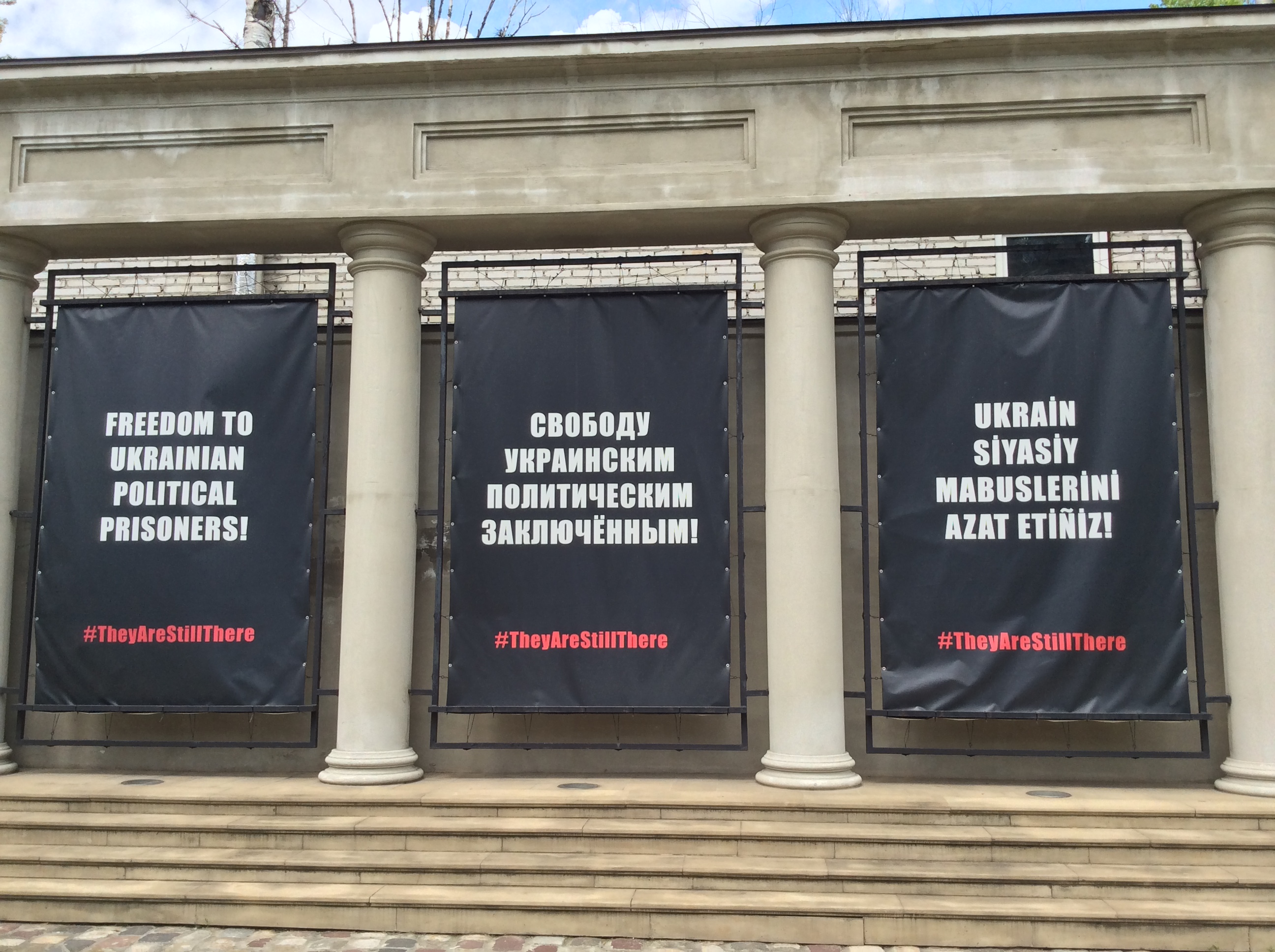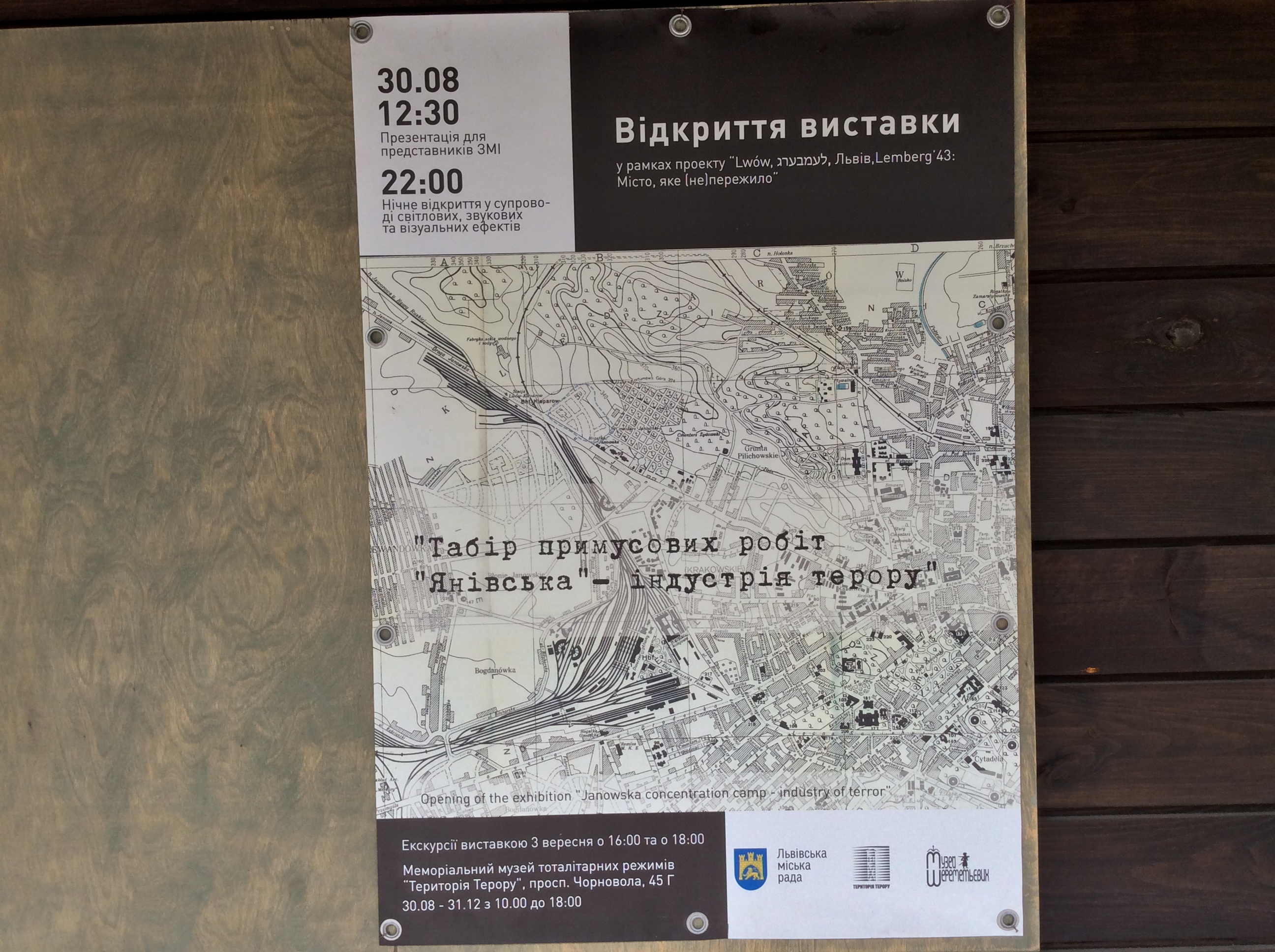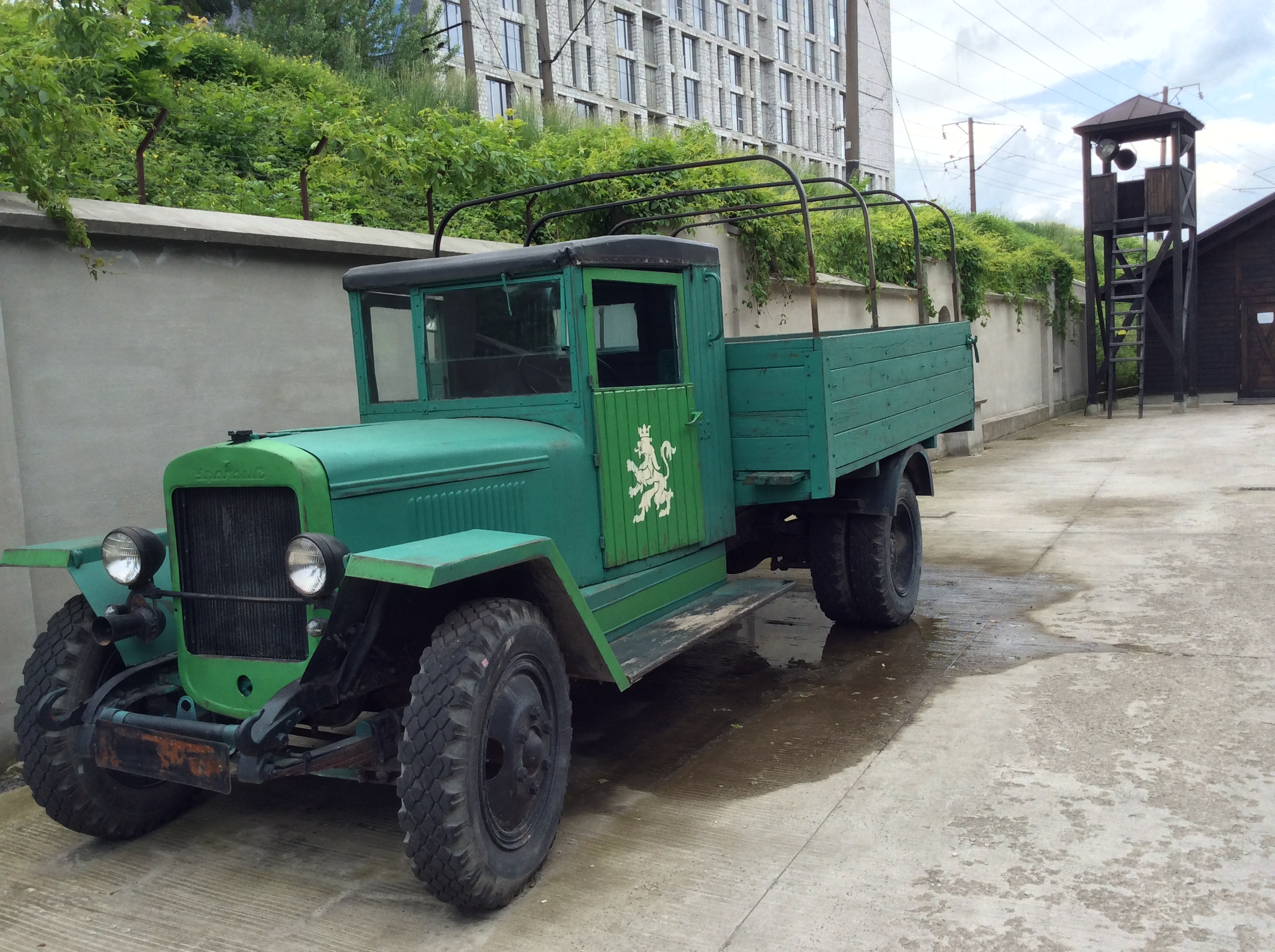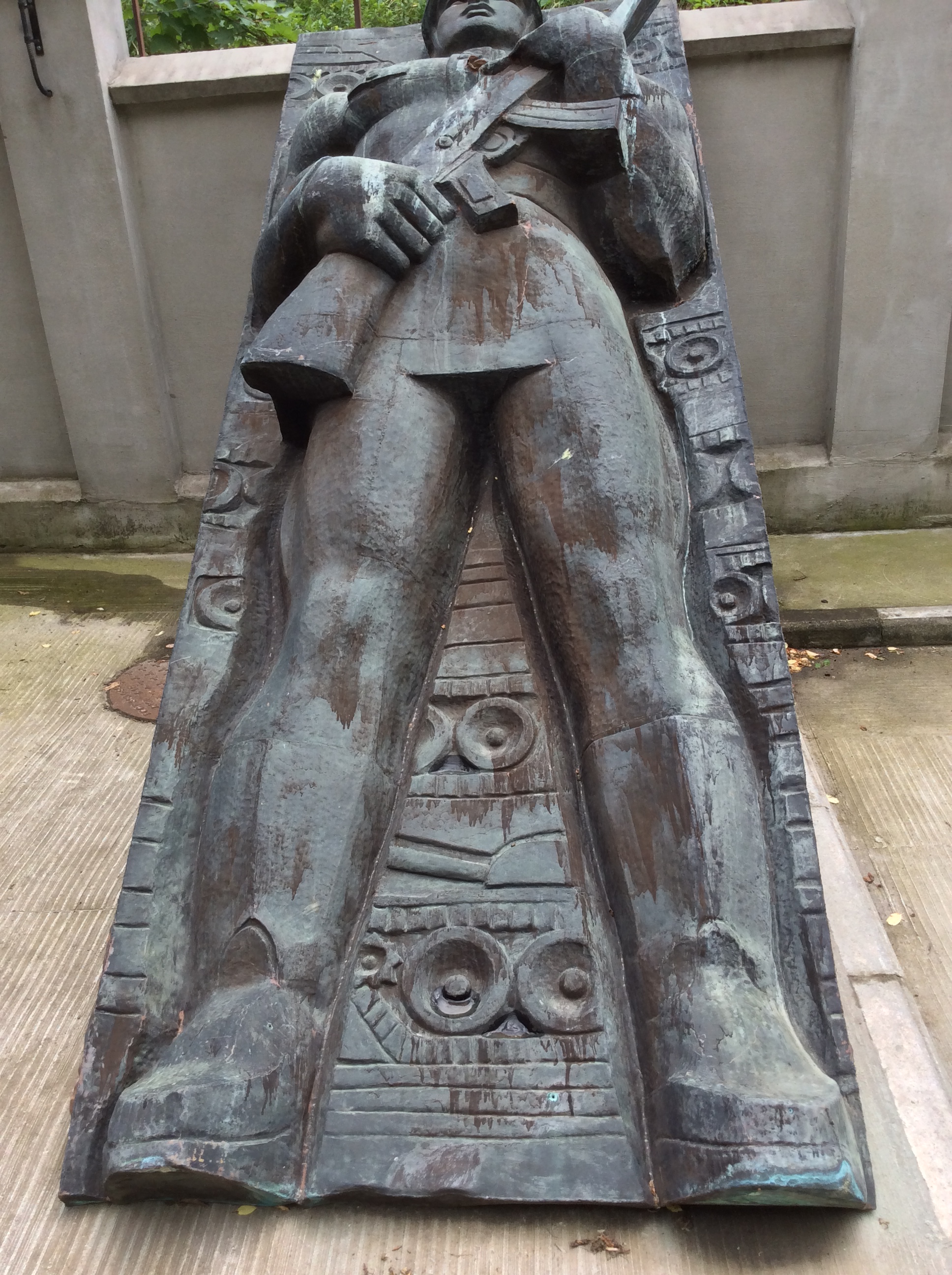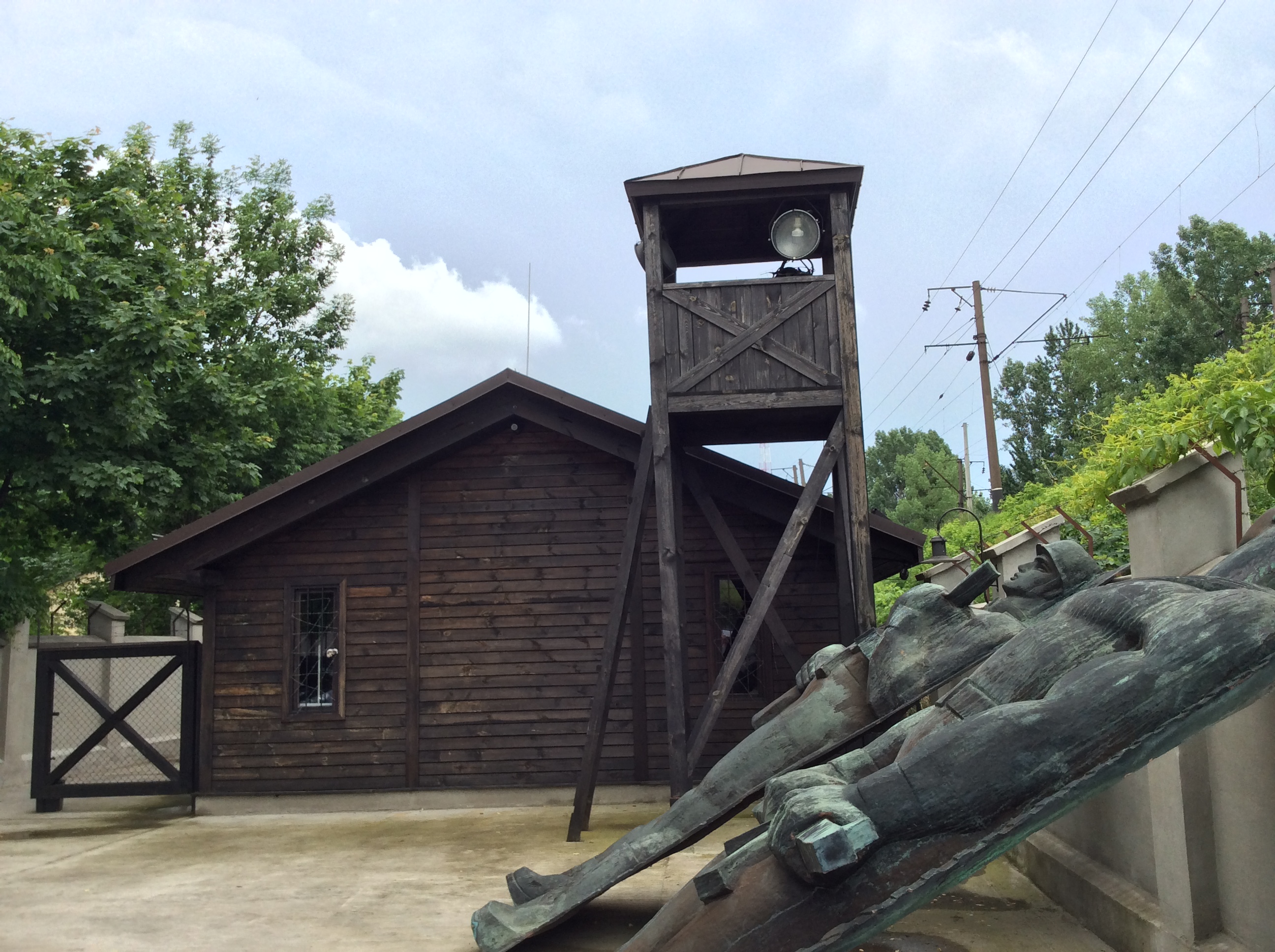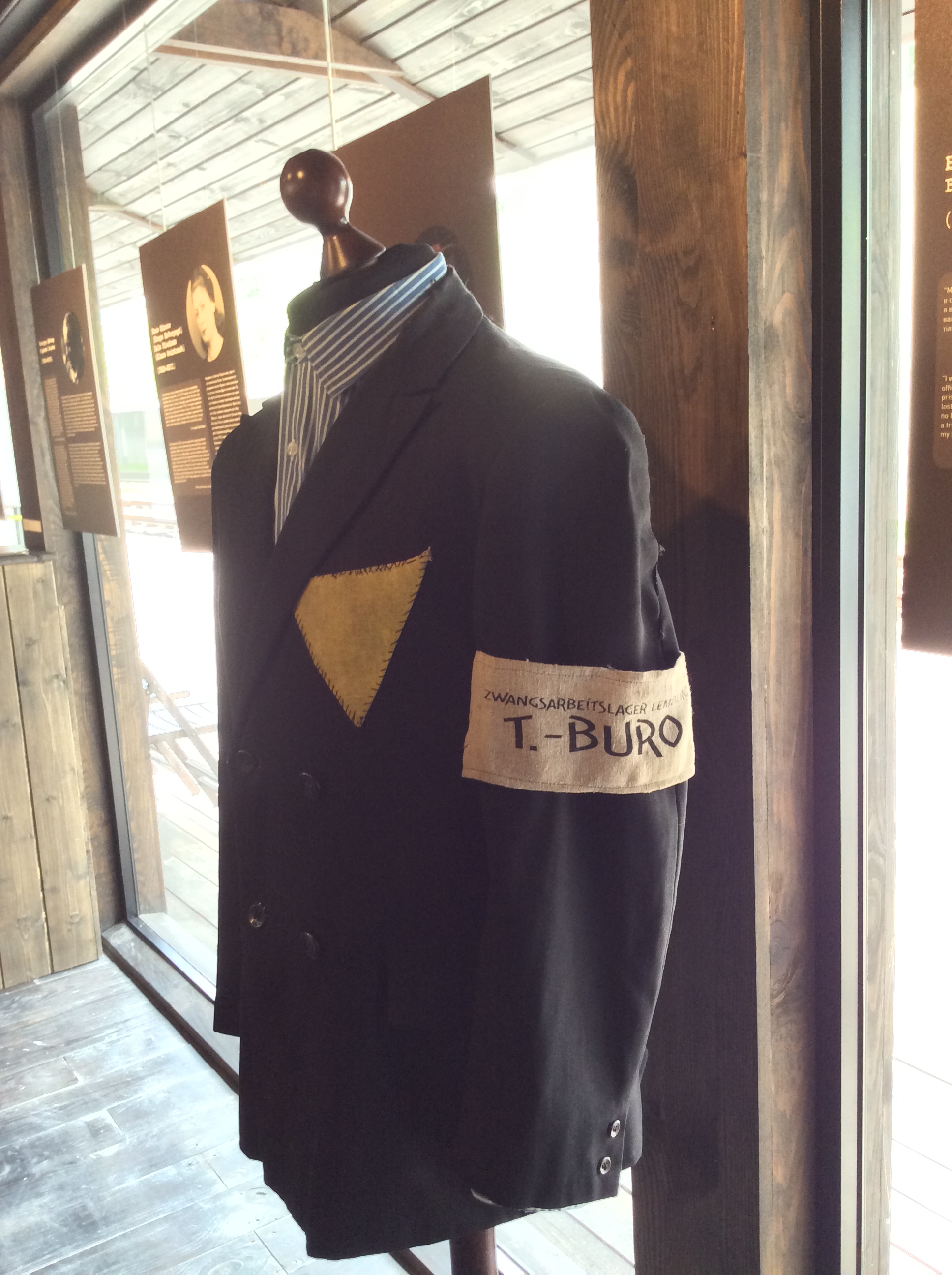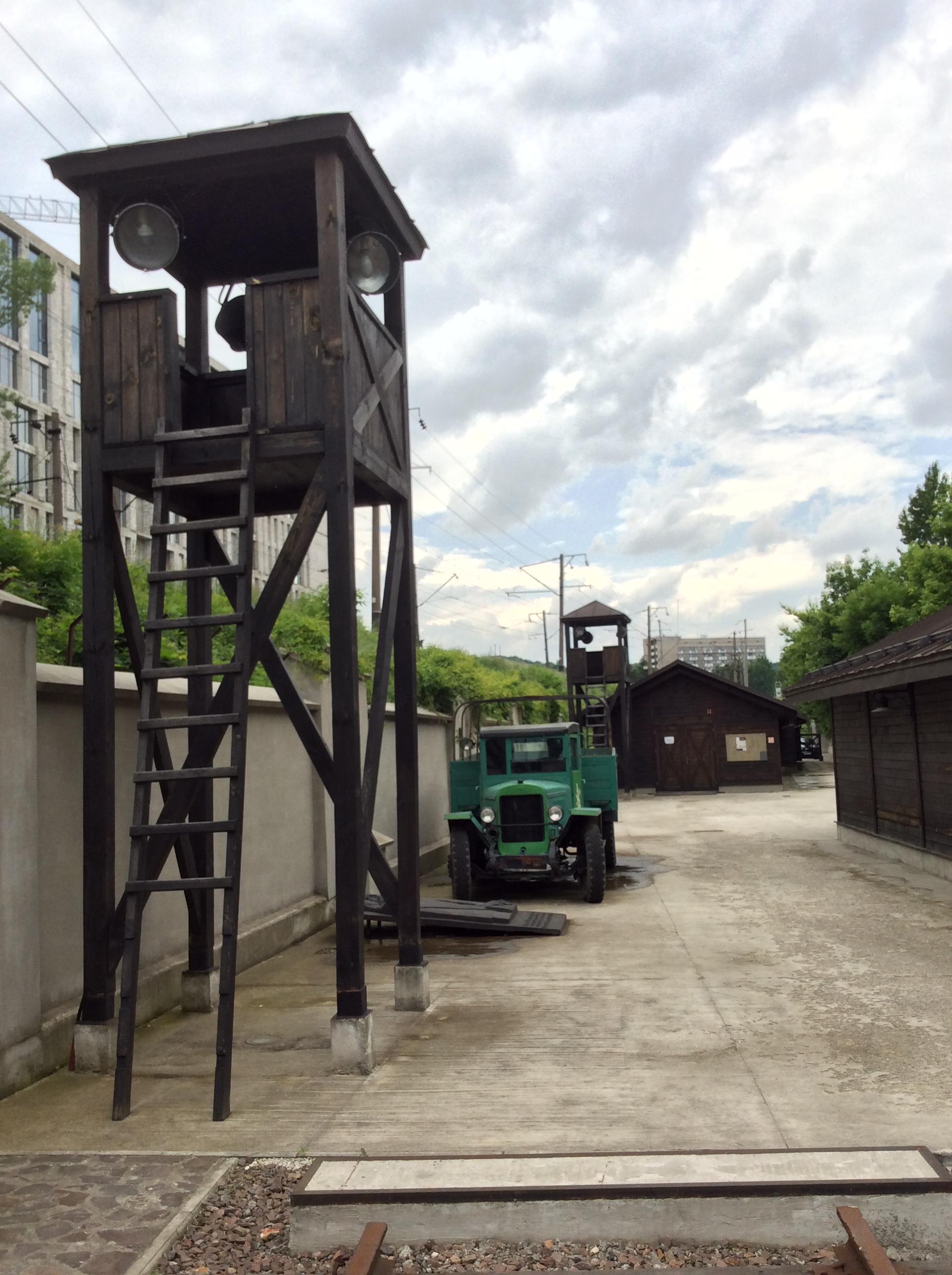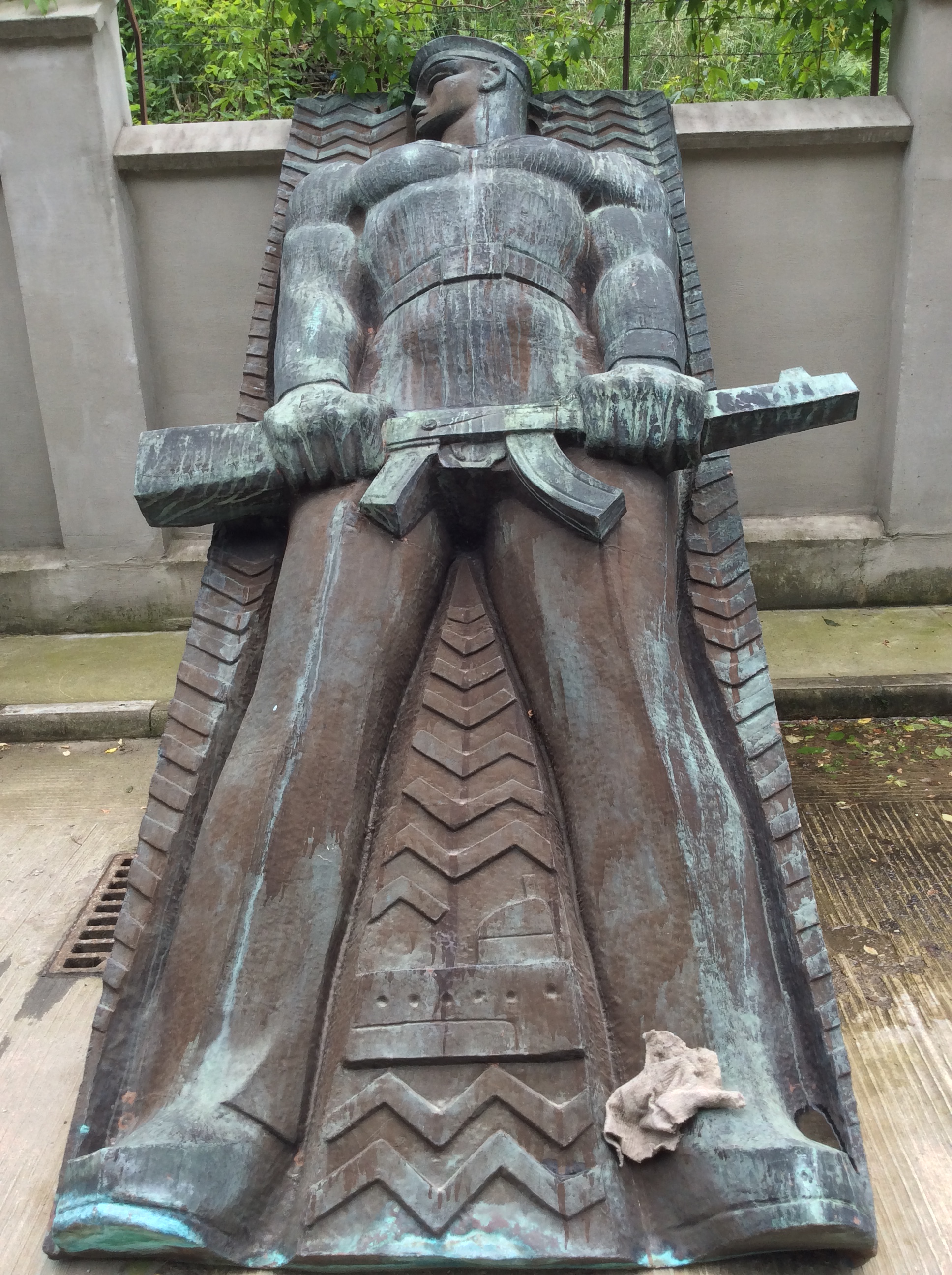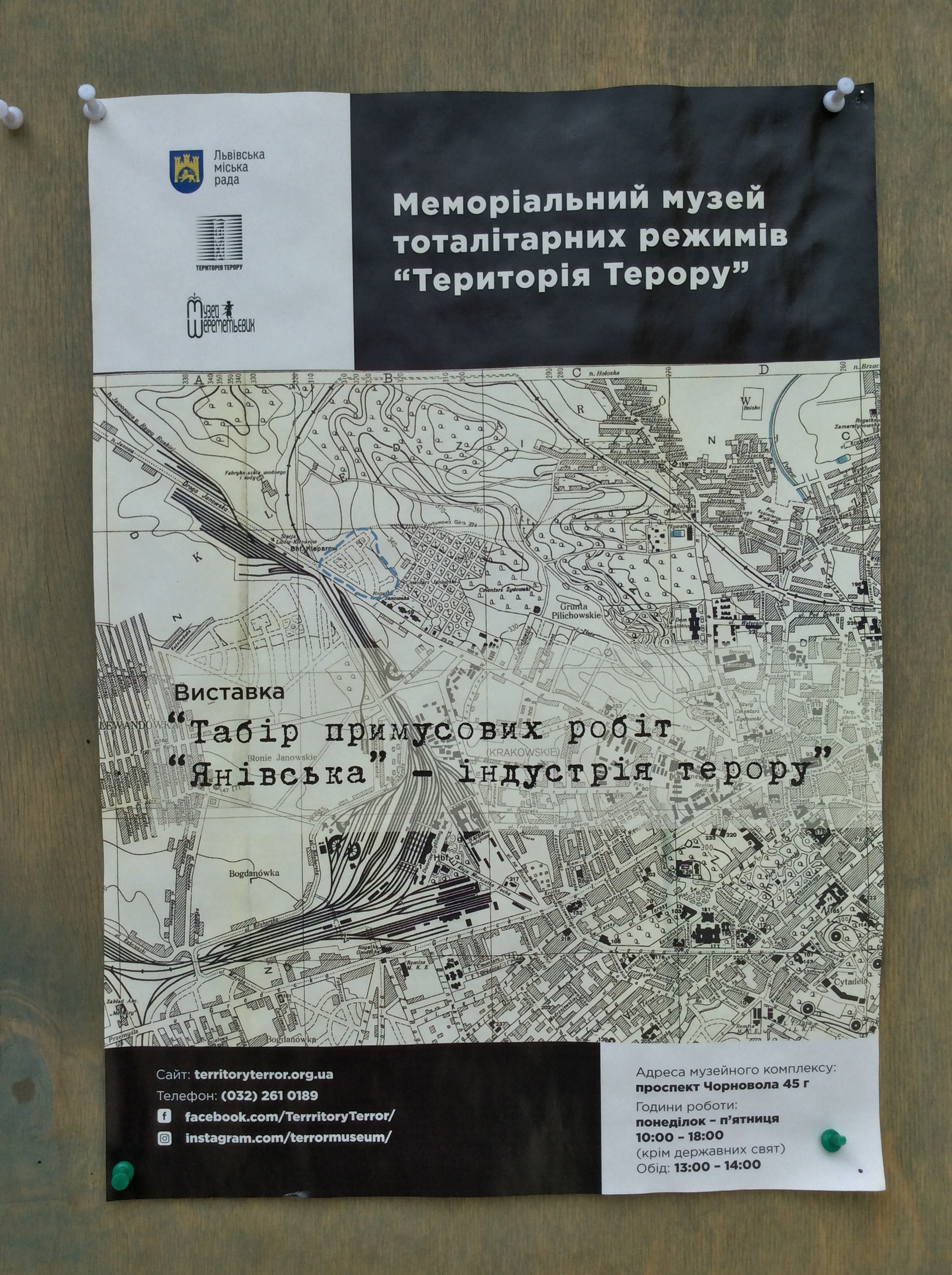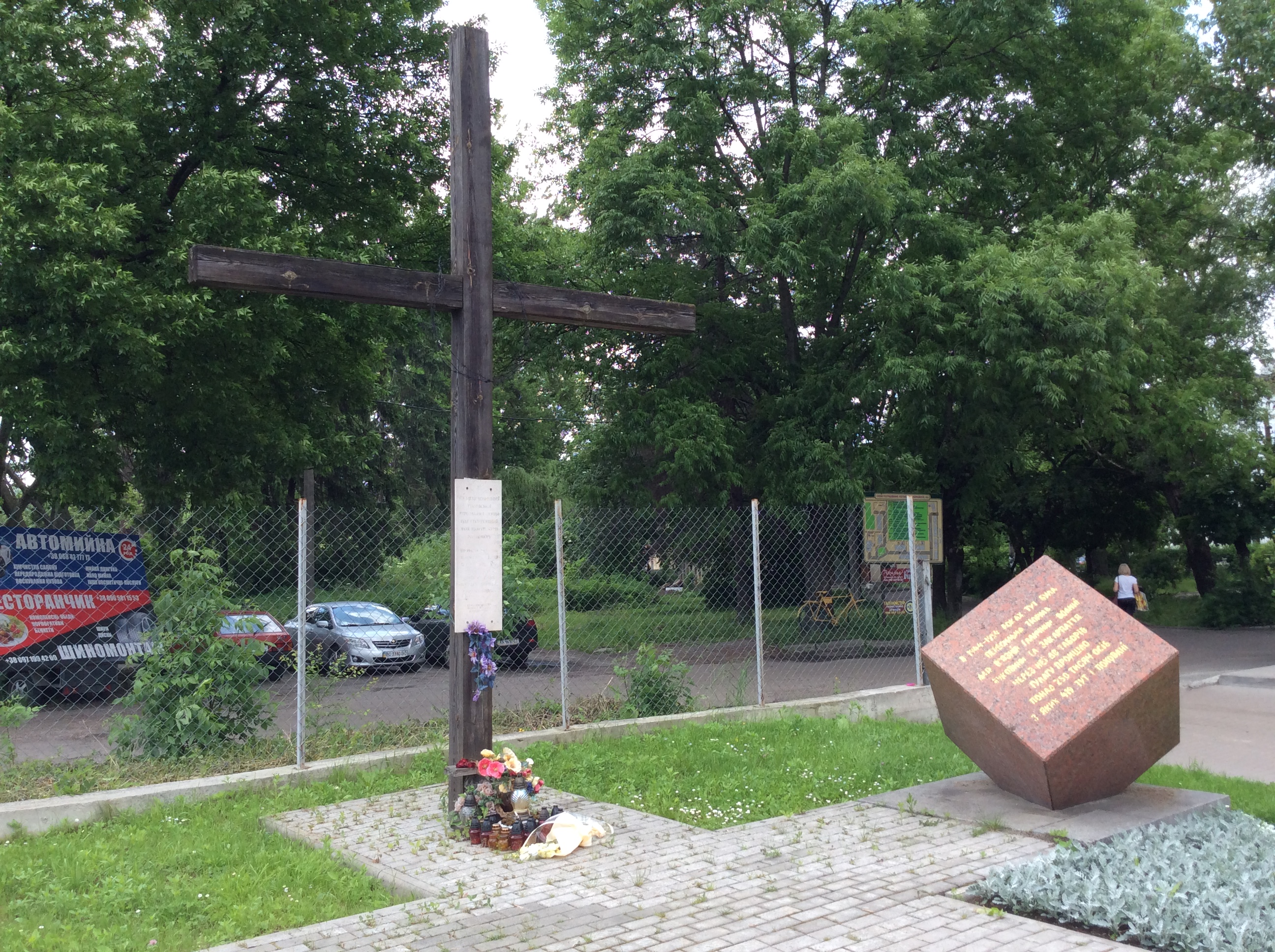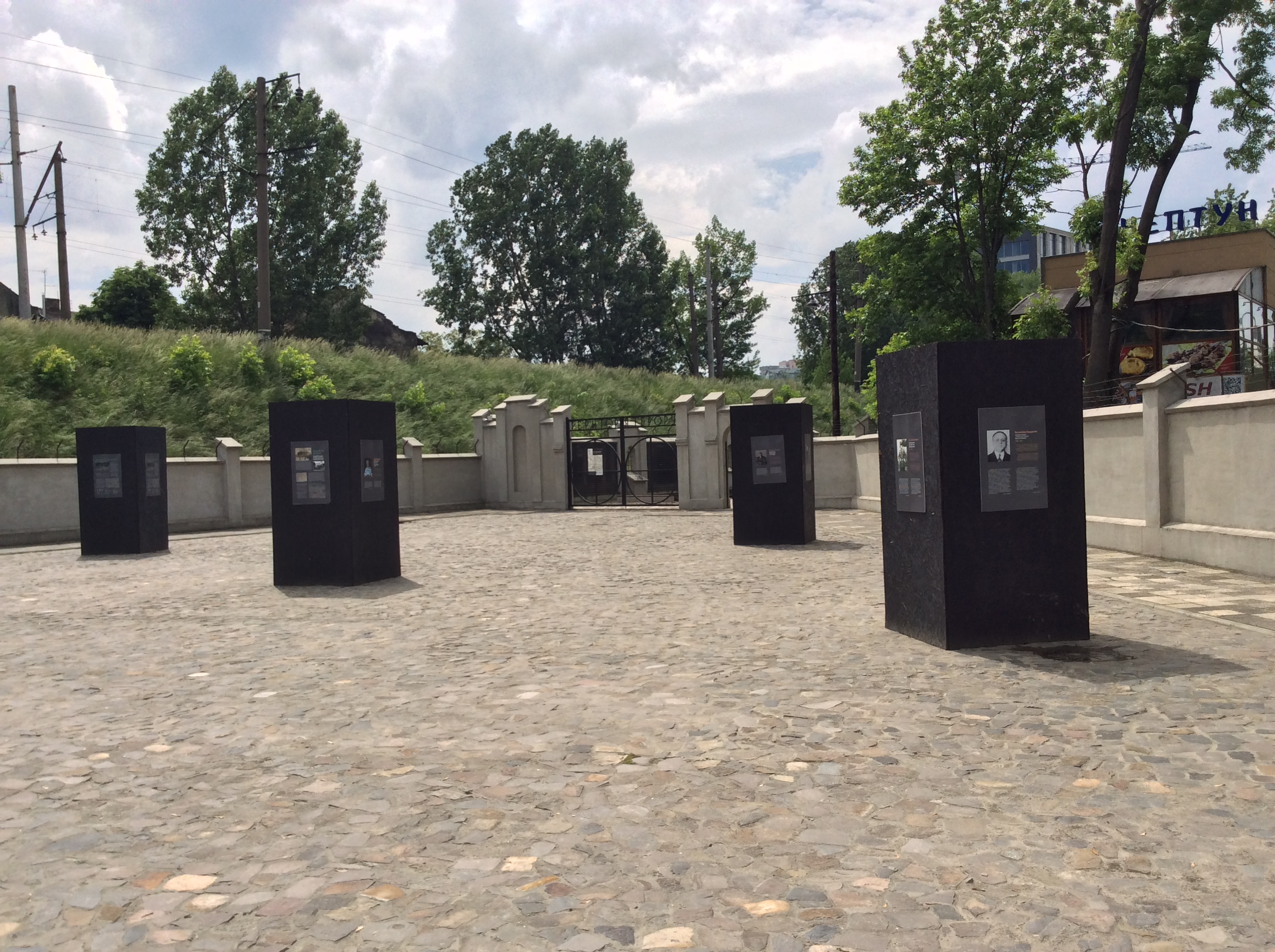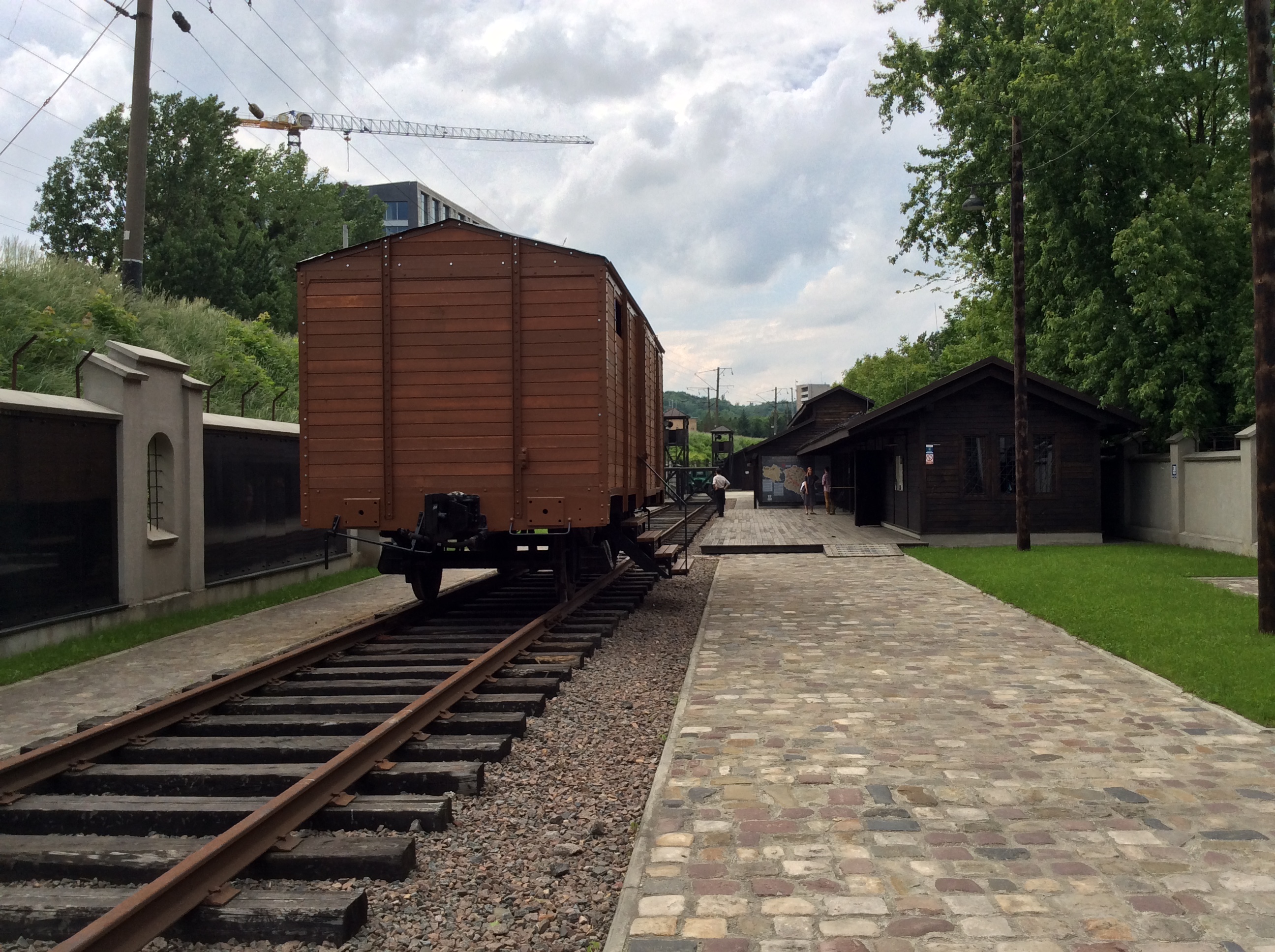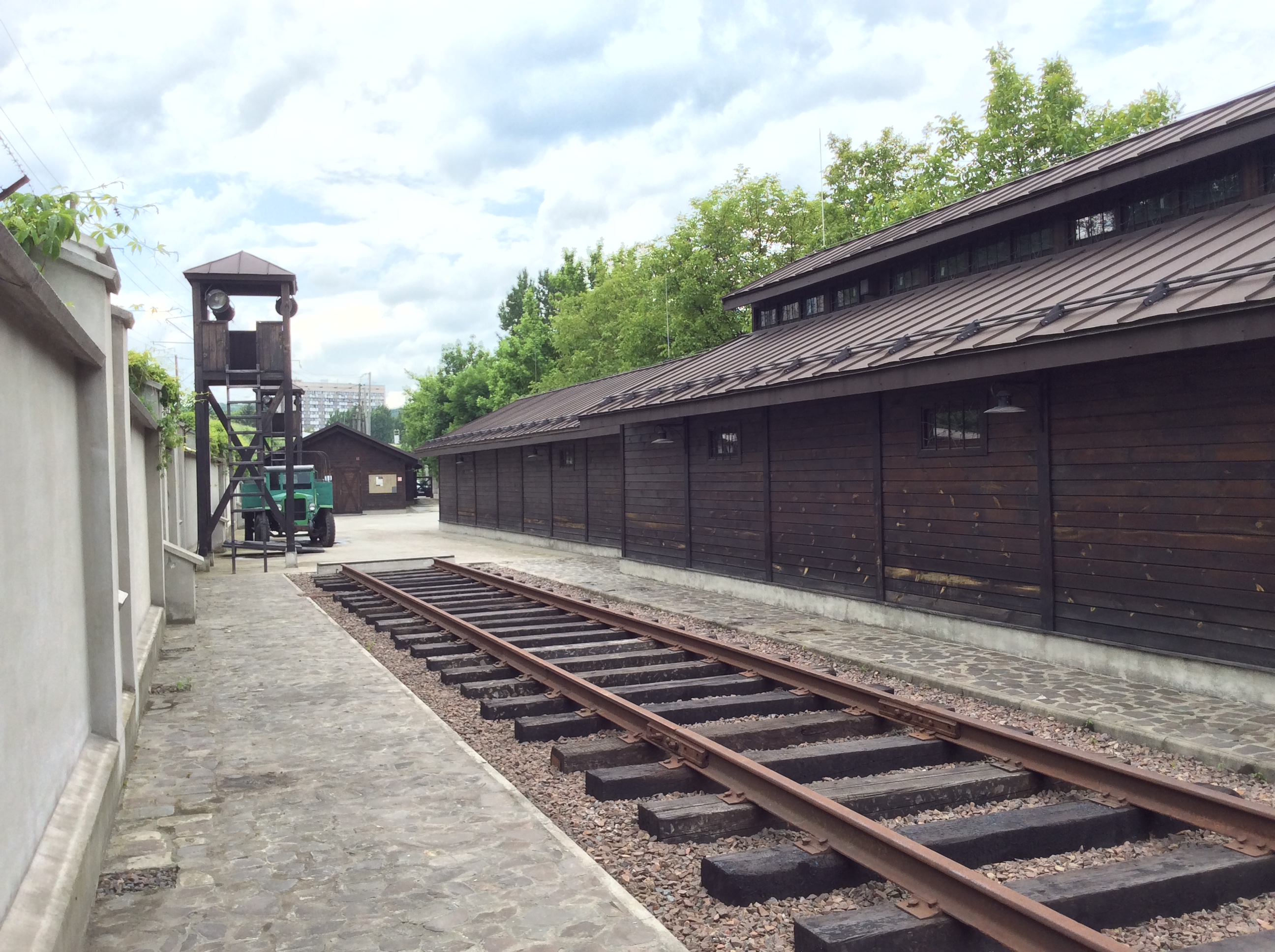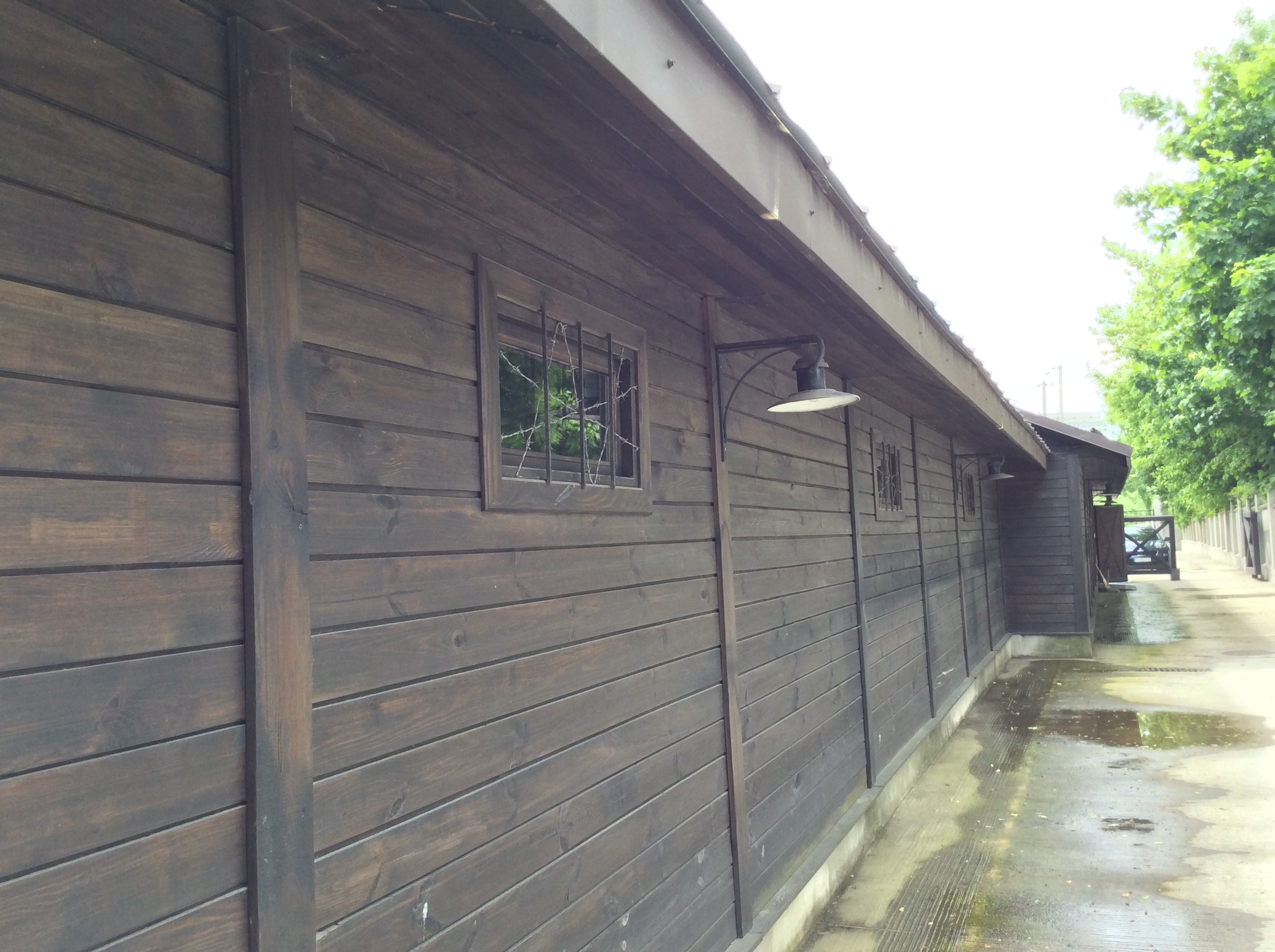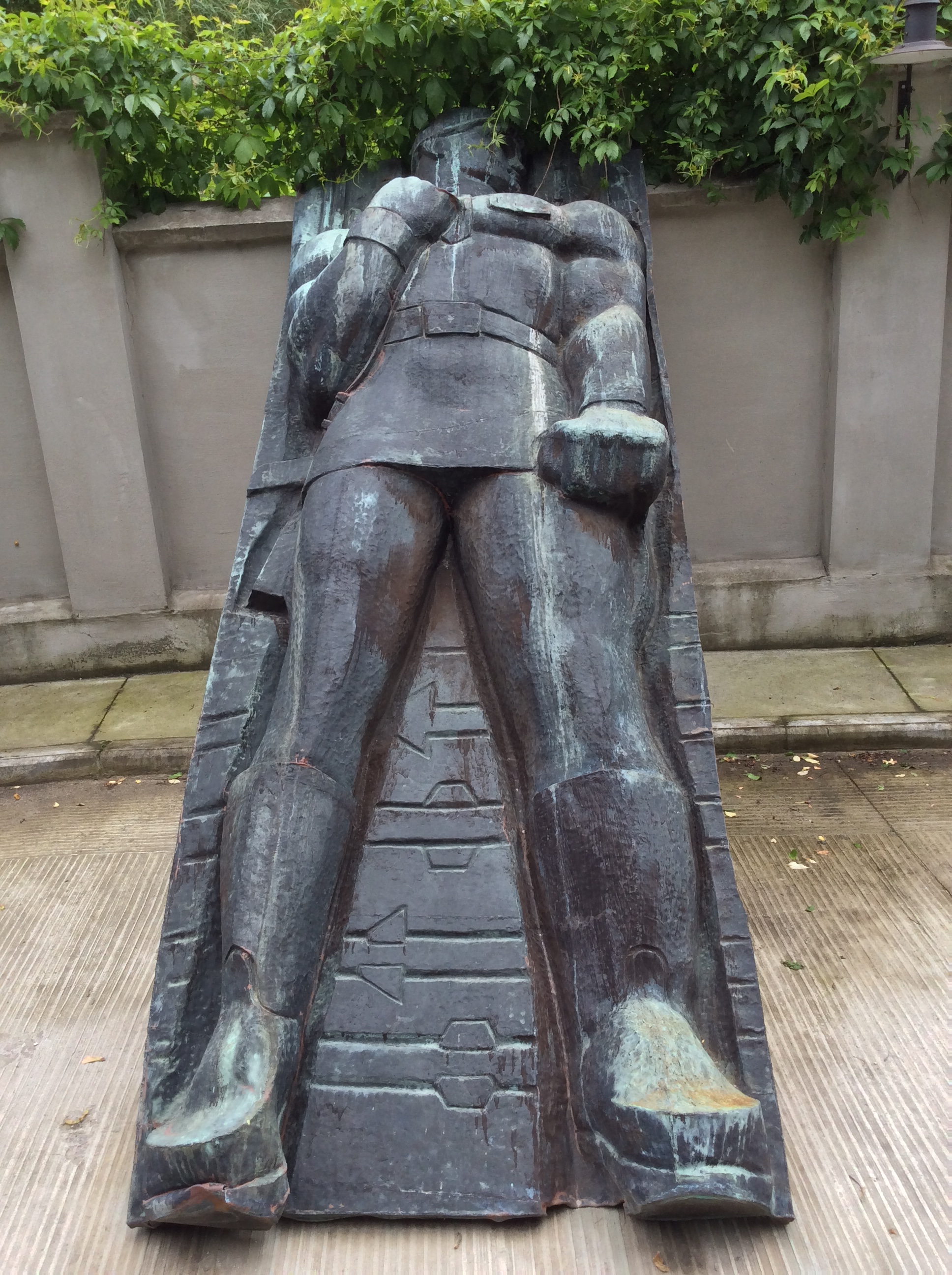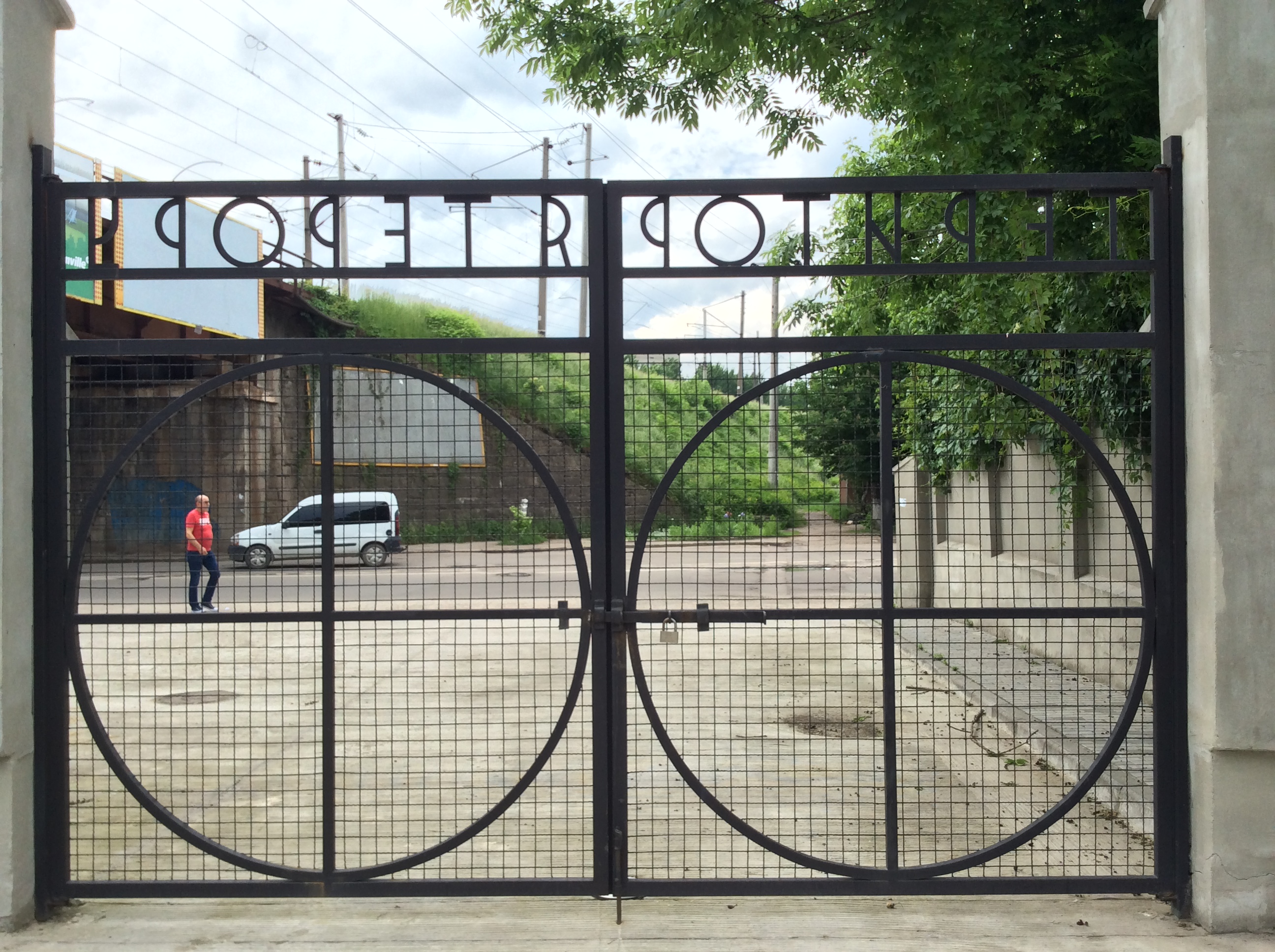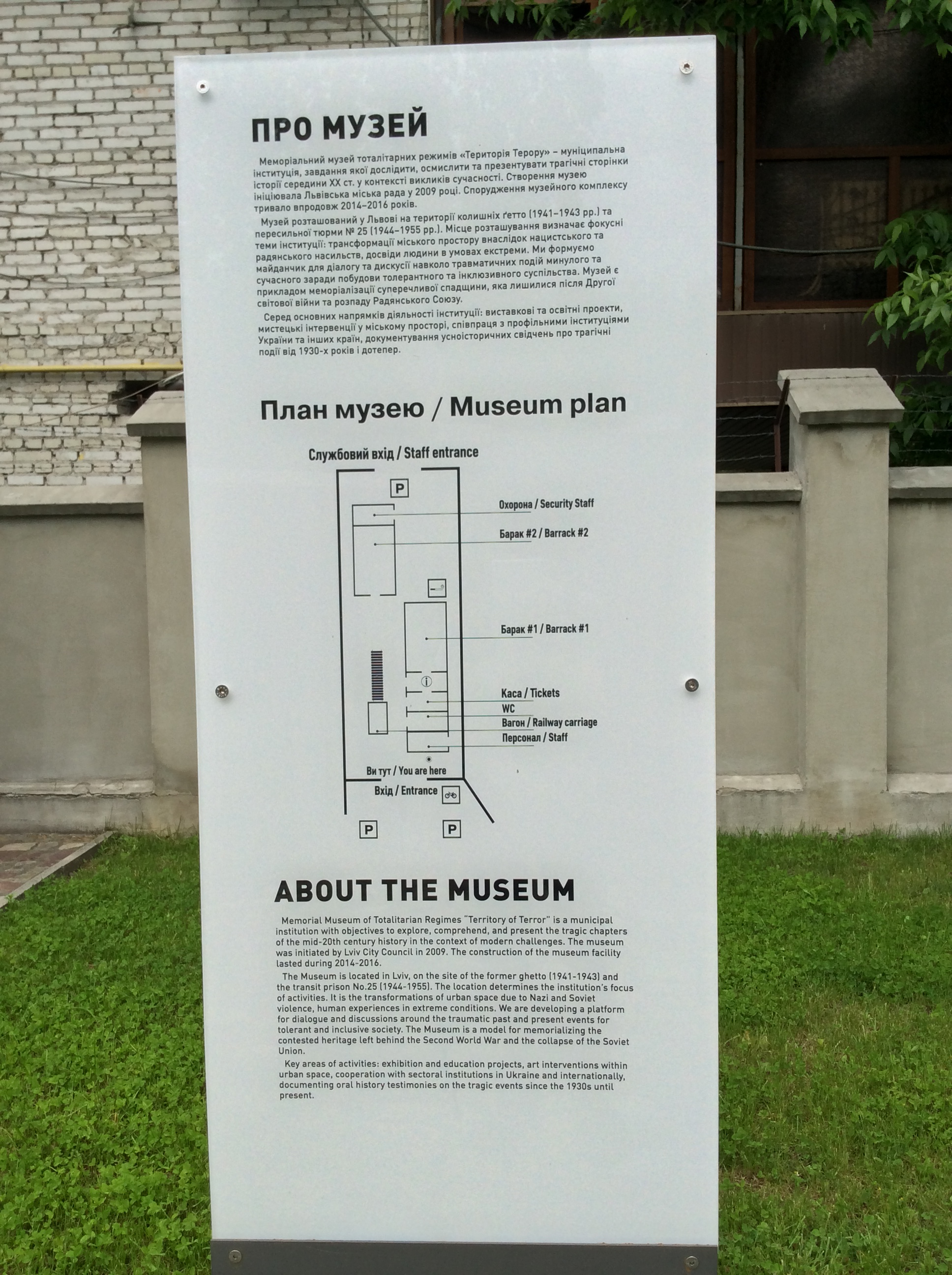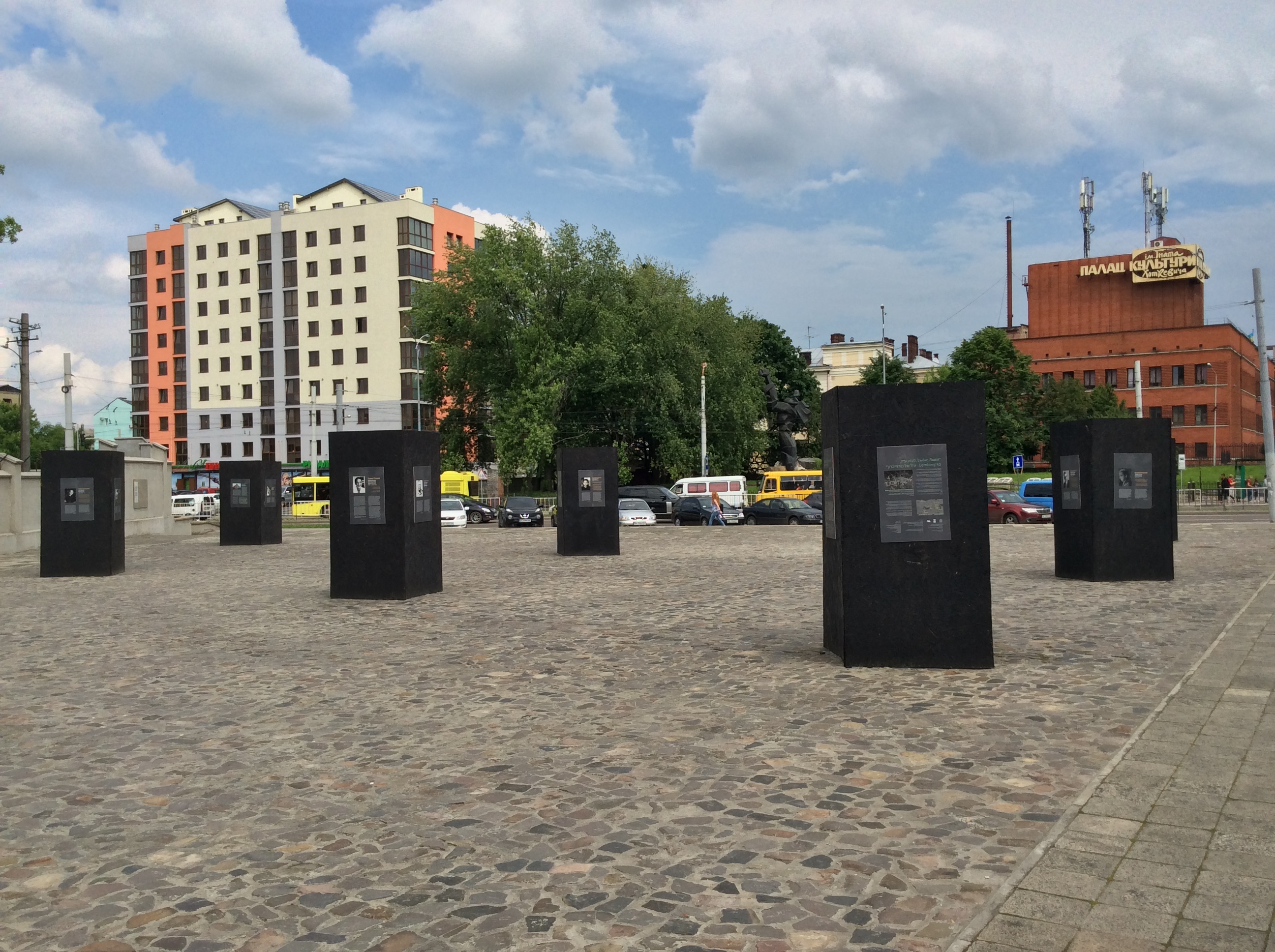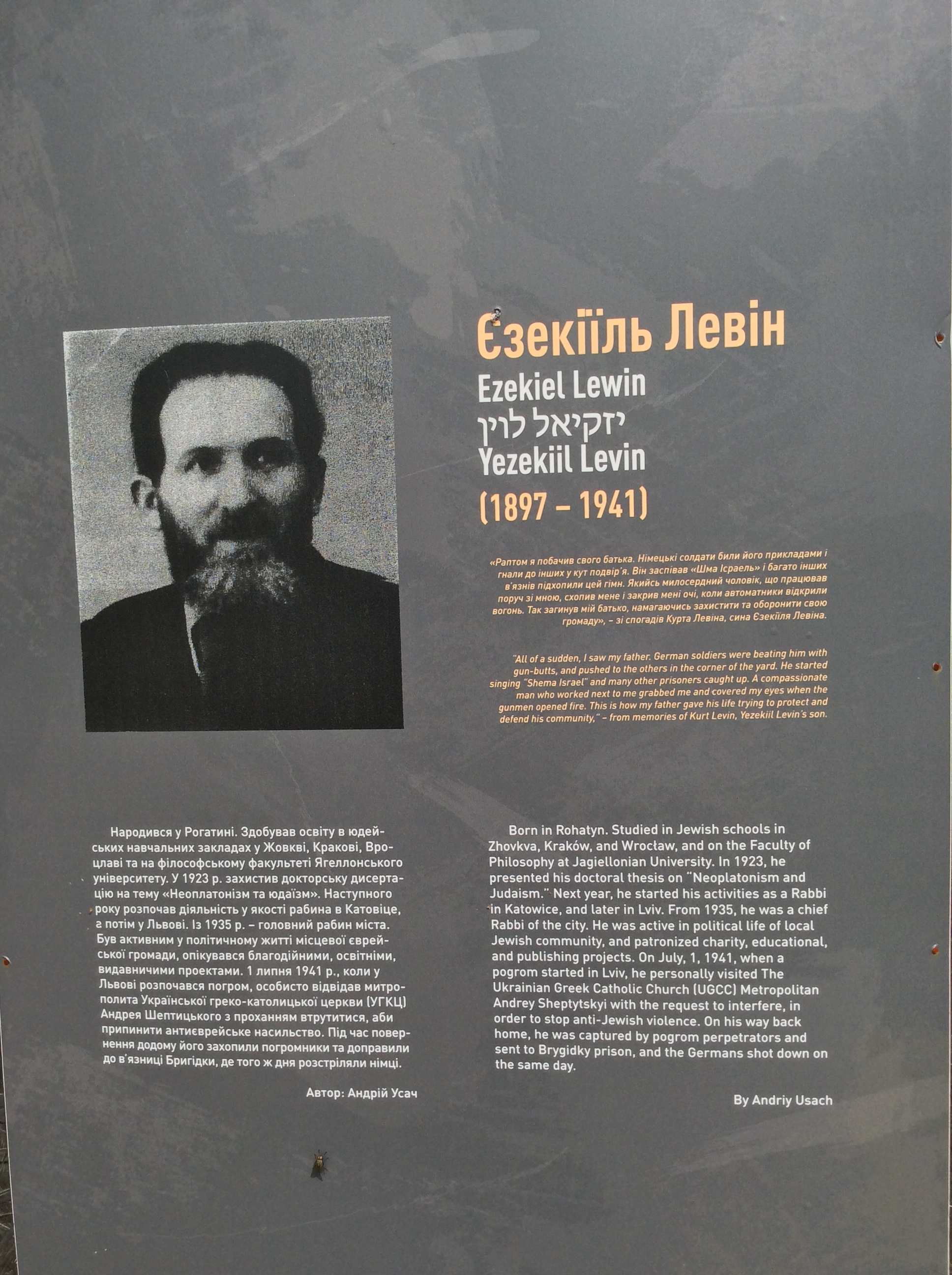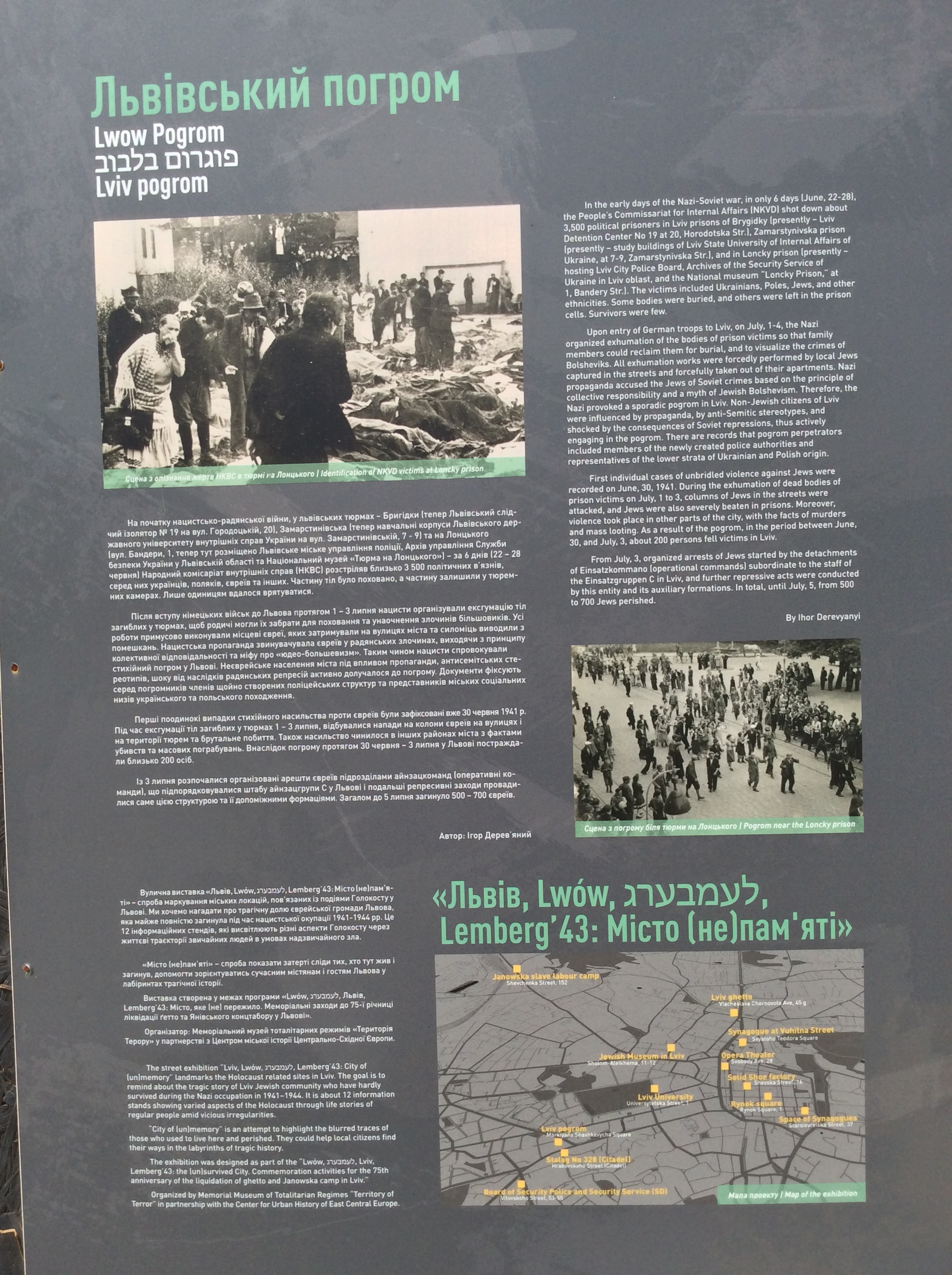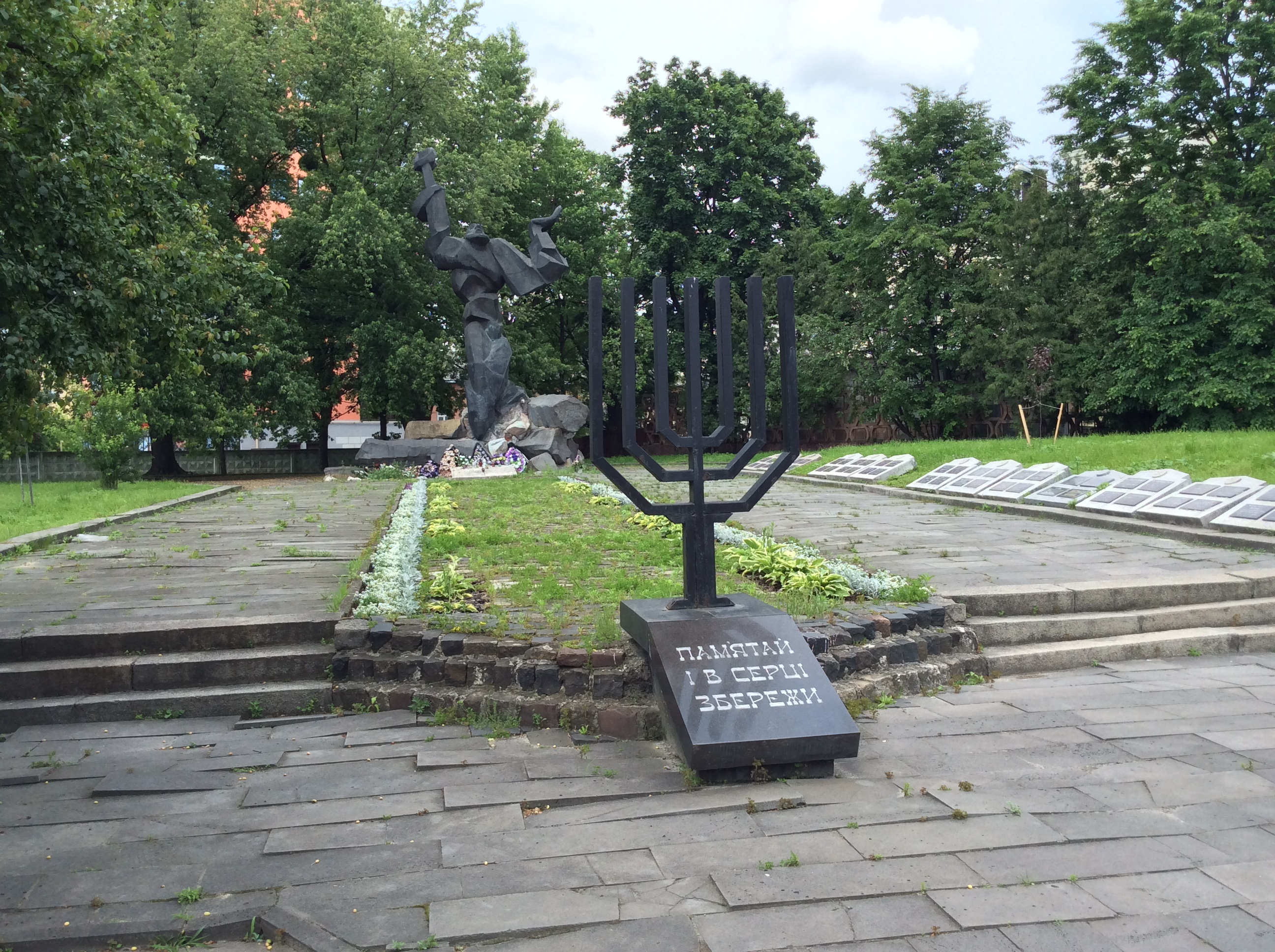A memorial complex for the victims of all totalitarian regimes is in western-Ukrainian city of Lviv. Earlier there was former ghetto and transit prison at this territory. Museum is in the place that experienced the horrors of both German Nazi and Soviet Communist regimes.
For the victims of all totalitarian regimes
In 2011, the Department of Culture of the Lviv City Council decided to set up a memorial in the place of the former Lviv ghetto and transit prison.
The idea was to create an interactive cultural space where people could reflect on the crimes of totalitarian regimes, no matter if they were caused by Nazism or communism. Though some works are still in progress, the museum opened its doors to the public in June 2017.
Exhibit halls will talk about tens of thousands of prisoners of the ghetto died, and an equal number were sent to Siberia.
The Lviv ghetto existed here during the German occupation of the city from 1941 to 1944, then giving way to the Soviet transit prison #25 (1944-1955).
Lviv ghetto – the third largest in Europe
The Lviv ghetto was formed in 1941, when Nazi Germany attacked the USSR.
It was the third largest in Europe, surpassed only by the Warsaw and Lodz ghettos in Poland. According to historians, at least 136.000 local Jews were murdered – that was one-third of the Lviv population as of 1939.
The German army was pushed out of the territory of Western Ukraine in 1944.
Back to the hands of the Soviets
In 1939, Soviet troops entered Lviv as a part of the Molotov-Ribbentrop pact. This postponed the start of World War II in Western Ukraine for only two years, till 1941, when Nazi Germany attacked the USSR. Lviv once again passed under Soviet rule in 1944.
Then the former ghetto was turned into the 25th transit prison. Research of the archives is still ongoing, but preliminary calculations show that 500.000 people disloyal to the Soviet regime had gone through the jail over the decade of its existence.
Inside prison #25 fighters of the Ukrainian armed resistance, intellectuals, priests, women, and children waited to be transported to the Gulag camps deep in Siberia. Many of these prisoners were killed before this could take place.
Five exhibit halls under the open sky, divided into time periods
the Lenin period;
Holodomor and the destruction of the elite – 1919-39;
the period of the first Soviet occupation of Western Ukraine – 1939-1941;
the Nazi occupation – 1941-1944;
the Stalin regime – 1944-1955 – and Khrushchev’s “Thaw”.
![Единая [У]країна](https://one-ukraine.com/wp-content/uploads/2019/07/cropped-Kamianets-Podilskyi-Castle-souvenirs-4-scaled.jpg)


